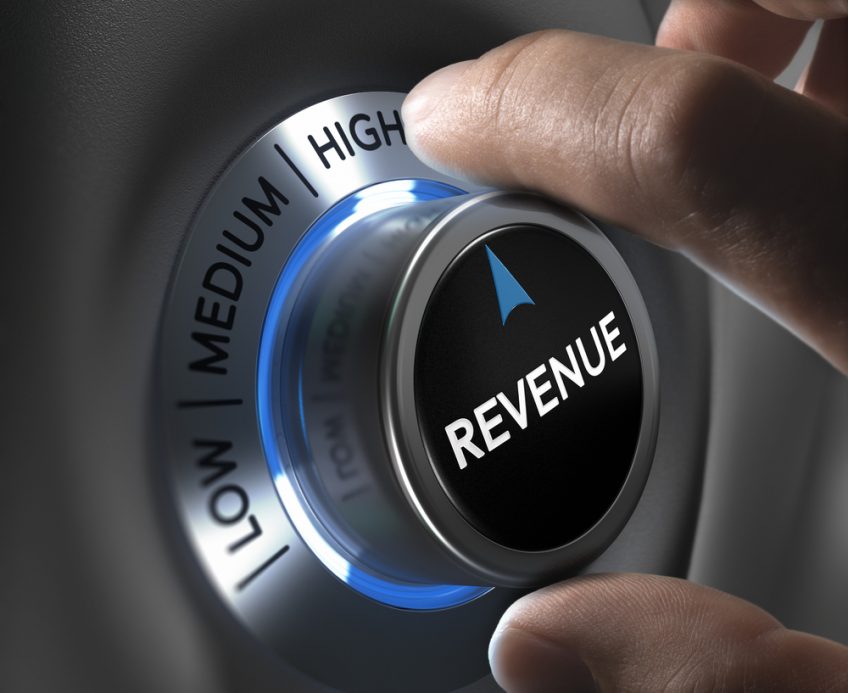When the economy slows, what does the business do with IT? Drive down costs and delay expenditure or innovate to add capability. According to Bob Evans and backed by historical evidence, most will look to contain or drive down costs.
Recently, at CloudWorld, in Sydney, Oracle Executive Bob Evans stated that most businesses spend 5% of revenue on IT. Of that 5%, 80% is spent on maintaining systems and the remaining 20% on adding capabilities. (Refer IDG News Feed – Most IT budgets are spent on maintaining systems instead of innovating: Oracle ) That’s a very dangerous statistic when you think about it – 1% of revenues is considered for investing on innovation with technology to add capabilities that will increase competitive edge and revenue.
We talk about “productivity gains” in the context of technology, but how often should we be looking at it to help us change the way we do business or open up new markets for the ultimate goal of business growth. I would argue far more often.
There are clear opportunities where investment in technology and systems can directly influence our ability to drive top line growth. To do this, we must look outside direct costs to take advantage of the opportunities.
Here’s a few examples that are real today and within reach:
- Customer relationship management (CRM) systems that help your sales force stay out in front of customers.
Companies such as salesforce.com, Microsoft and an increasing list of others have significantly reduced the capital outlay required to implement and gain value from CRM applications. They operate on anything from an iphone right through to a desktop PC, all you really need is an internet connection, you can customise the application to suit your business processes and you can integrate the information back into your accounting or ERP system. Improving your sales teams productivity, backed by enhanced reporting and accountability lines is surely a contributor to greater revenue.
- Speed up the receipt of information from the field.
Many organisations still use paper in the field to capture information which is used for maintenance or even billing triggers. With the growth in cloud services and applications delivered as web services there are a wide range of easy to implement capabilities to take your paper forms and re-imagine them as digital forms. You can use your existing smart phone or a notebook/laptop to capture that data easily in real time and deliver it back into the business nearly straight away. Clear and immediate benefits include improved cash flow capabilities, increased time to respond to incidents, reduced double handling and improved utilisation for field staff. The bottom line; Increased field capacity to sell.
- Applications to manage or improve your asset utilisation and yield (that includes human assets for service organisations or physical asset utilisation)
For an example on asset utilisation, let’s take a professional services organisation, who, for the most part uses billable hours as its core revenue generator. If your business is that of a specialist service provider (such as a specialist in the health, legal or accounting industry) applications exist which allow you to consult effectively without incurring non-value adding travel time. Travel time for specialists represents a revenue hit to the business and a non-value adding activity for the client. You can consult effectively, using technology that incorporates video, audio and written communication in one (without a big capital hit). The return on investment can be near instantaneous.
In the case of asset management, if you’re like most companies we know, you extract data from your accounting system with manual adjustments in a spread sheet. This is a great start, however, it’s very time consuming, is subject to errors and rarely maintains historical data for valuable trending analysis. In the long run, because of these compounding factors, a lot of businesses only periodically take a proactive asset management stance. When your revenues are a direct correlation on how well you manage your assets that’s a risky place to be. General (and industry specific) applications exist, which you can buy or procure as an operational expense to deliver you an immediate increase in asset management capability. Assets will be better managed and you will be able to drive higher revenue from those assets (as well as quickly identify the ones which don’t profitably contribute) all because it takes less time, is less prone to human error and gives you visibility into your assets that you’ve never had before.
Your competition is hunting to take advantage of market opportunities. If you react instead of acting, someone else will and that’s going to hurt your revenue. Having business systems that underpin effective business processes will support your ability to win business under increasing market competition in tight economic times and come out a market leader.








